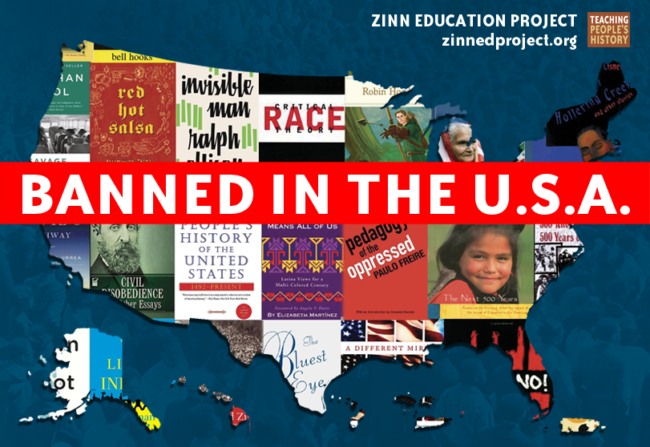By Bob Garlick
3 Narratives News
How America Leads the World in Banning Books
“We’ve never seen censorship at this scale. The numbers are shocking, and the impact on students and communities is profound.” — Deborah Caldwell-Stone, American Library Association
In the nation that calls itself the freest democracy on earth, books are disappearing from school shelves at a rate unmatched anywhere in the democratic world. What began as scattered parental complaints has evolved into a coordinated political movement, reshaping the cultural landscape of American education.
The Numbers Tell the Story
In 2015, the American Library Association tracked only a few hundred book challenges nationwide. By 2023, that number had grown to 4,240 unique titles challenged. In 2024, the number of attempts dipped slightly, but the figure remained above 2,400.
PEN America documented 10,046 bans in the 2023–24 school year alone, affecting 4,231 unique titles. Since 2021, nearly 16,000 bans have been recorded across 43 states and more than 400 districts. This is not a coincidence—it reflects organized campaigns by advocacy groups, lawmakers, and state agencies.
Where Bans Are Rising Fastest
The sharpest increases are concentrated in Republican-controlled states such as Florida, Texas, and Iowa. Florida’s restrictions alone have led to hundreds of removals, while Iowa’s Senate File 496 (temporarily blocked by a federal judge in 2025) sought to outlaw books containing “sex acts” or discussions of gender and sexuality in schools.
Democratic-led states also see challenges, but wide-scale bans are far rarer. Courts, librarians, and civil rights groups often push back. The partisan divide is stark: book banning today is politically concentrated, not evenly distributed.
Narrative A: The Conservative Argument
From a right-leaning perspective, these bans represent parental rights and community control. Parents, conservatives argue, deserve more influence over what their children encounter in schools. Books with explicit sexual content or radical ideological themes, they say, are inappropriate for minors. Removing them, in this view, restores educational integrity and protects children.
Narrative B: The Progressive Response
Progressives see the wave as censorship disguised as concern. The majority of targeted books are by or about LGBTQ+ people, racial minorities, or histories of oppression. Critics argue this silences marginalized voices and denies students access to diverse perspectives. They frame bans as political strategies to erase inconvenient truths rather than protect children.
A Centered Conclusion
Both sides claim to defend children, but when thousands of titles vanish from shelves, the effect extends far beyond parental guidance. It becomes structural censorship. Democracies depend on access to ideas—even controversial ones. The U.S. now documents more bans than any other open democracy, creating a contradiction between its ideals and its reality.
Global Comparisons
In democracies such as Canada, Britain, Australia, Italy, and South Africa, book bans remain relatively rare, numbering in the dozens or hundreds. In authoritarian states, censorship is systemic: China bans entire categories of political and religious literature; Turkey suppresses Kurdish-language works; Iran and Saudi Arabia censor sexuality, religion, and dissent.
The difference is transparency. Authoritarian states are explicit about censorship. The U.S., while presenting itself as the freest democracy, now leads the world in documented bans among democracies—a contradiction that has drawn global attention.
